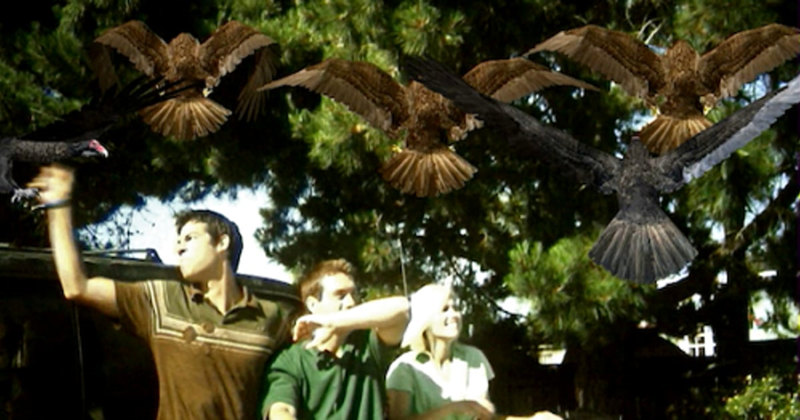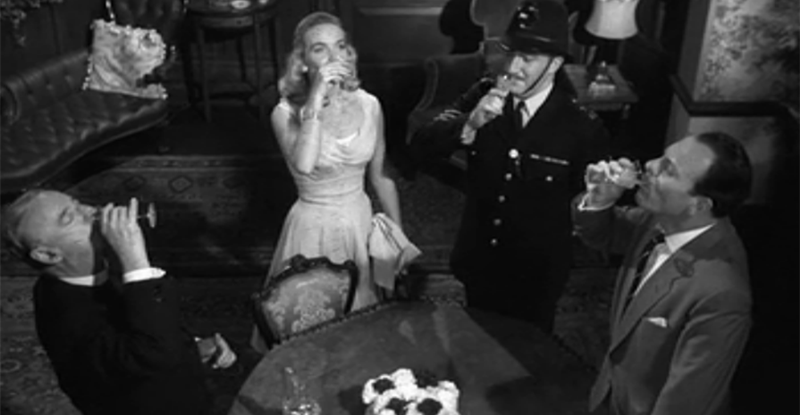He is not an outlaw; he is…the most interesting cat in the world!
If you loved him in “Shrek” 2, 3, and 4, you’ll probably love him even more in this 2011 animation devoted entirely to that charming and lovable cat, Puss in Boots. Although the film doesn’t really say so, it is clearly a prequel to the “Shrek” films, providing a background on Puss’s childhood and the growth of his legend as a desperado, hero, and lover. And for what it’s worth, the new film is superior to any of the “Shrek” movies in which he’s appeared.
Directed by Chris Miller, who helmed the third “Shrek” film, the new “Puss in Boots” gets a big lift from not only Miller’s continuing influence but the returning presence of Antonio Banderas as the voice of Puss. Banderas has just the right amount of self-assurance in the vocal characterization, the right amount of heroic dash and élan, the right amount of romantic bearing to keep our attention. And it helps that Banderas’s voice is almost instantly recognizable. He makes Puss the “fashionable, famous outlaw” of his claims. “What can I say; I was a bad kitty.” What’s more, he helps the cat throw “a long shadow.”
The story takes us back to Puss’s childhood, somewhere in a make-believe land that looks remarkably like Spain in some indefinite, long-ago time period, and we learn of his adoption by a kindly lady, Mama Imelda (Constance Marie), who raises him along with about 800 other children and animals. Of course, in cartoons such as this one, humans and animals coexist as equals, speaking to one another in a perfectly natural manner as though it were the most common thing in the world. So, it’s here in Mama Imelda’s home that Puss meets the character with whom he will become both a best friend and a worst enemy for life, Humpty Dumpty (Zach Galifianakis), a highly conflicted egg. Although the animators vividly capture Humpty’s appearance, Galifianakis’s voice realization is perhaps the weakest link in the film’s chain of characters because he doesn’t have as distinctive a voice as the other actors. Still, he gives it his all and alternates between our loving and loathing his character.
Humpty continually gets the young Puss in trouble, leading to one of the movie’s two primary conflicts, which is the question of whether Puss can trust Humpty or not. The second conflict relates to the first; namely, when Puss and Humpty grow up, they plot how they can steal the celebrated magic beans that will take them to the Giant’s castle in the clouds, wherein they hope to find the goose that lays the golden eggs that will make them rich. Obviously, the movie combines fairy tales and nursery-rhyme characters of all kinds in a rich tapestry of escapades.
The film’s third major character is Kitty Softpaws (Salma Hayek), Puss’s companion in adventure (after a brief period of rivalry) and the film’s main romantic interest. She is a cat burglar, voiced to excellent effect by Ms. Hayek, who often upstages Banderas’s Puss, both figuratively and literally. In either case, Ms. Hayek and her character make perfect counterpoints to Banderas’s Puss in Boots, and she soon joins Puss and Humpty in their search for the magic beans.
Along the way, Puss, Kitty, and Humpty meet up with a number of other children’s storybook characters, the most important of them being Jack (Billy Bob Thornton) and Jill (Amy Sedaris), who in this tale are villains. They are the ones who have the magic beans in their possession, so it is they whom our heroes must rob in order to get them. Needless to say, Jack and Jill, two rather rough-looking rogues, are not keen on giving up the beans, and the couple show up throughout the film as antagonists.
Anyway, the film does almost everything right, starting with the gorgeous animation by the DreamWorks team. The amount of detail, dimension, and individuality they put into their creations is striking, the equal of the best-looking cartoons you’ll ever see. Just as important, “Puss in Boots” is a fast-paced, amusing adventure for all ages. It’s clever and witty enough for adults to appreciate and colorful and zany enough for children to enjoy. Moreover, it’s adventurous enough for anyone to like, no matter what their age.
Early on, there’s a “Dance Fight” at a local canteen that’s wonderfully inventive and musically entertaining in a flamenco-inflected manner; the sequence is one of the highlights of the show. Then, the segments at the Giant’s castle are quite thrilling, as are several other episodes. In all, “Puss and Boots” delivers the goods in terms of sheer beauty and excitement. No, there isn’t any mention of Shrek or Donkey, who would presumably come into Puss’s life later on, but at no time during the present film do we care, we’re having such a good time without them. That’s pretty high praise for the movie right there.
Video:
Using an MPEG-4/AVC encode and a dual-layer BD50, the DreamWorks team produce an opulently detailed succession of colors and images. Combine the high-definition picture with the beauty and complexity of the animation, and you get a spectacular visual feast, one that equals most Pixar creations as well as DreamWorks’s own “How to Train Your Dragon.” It’s in that league, and a very exclusive league it is, too.
Audio:
One can surely have no objection to the sound: The DW engineers use a lossless Dolby TrueHD codec and 7.1 channels to reproduce the movie’s soundtrack. The results are inevitable: The movie sounds great. We get clean, clear, dynamic audio, with excellent, pinpoint surround activity and a smooth, natural midrange. The movie is as much fun to listen to as it is to watch.
Extras:
Disc one of this two-disc Combo Pack contains a ton of extras, mostly aimed at children. First up is a thirteen-minute short subject, “Puss in Boots: The Three Diablos,” with our hero involved in a new animated adventure. Next comes a series of Blu-ray exclusives. These include “A DreamWorks Fairytale” in which users can build their own nursery rhymes; “Puss’ Paw-Pouncing Challenge,” a game played rather awkwardly with one’s remote; “The Animator’s Corner,” a picture-in-picture commentary; and a pop-up Trivia Track.
After those items, we get previews of other DreamWorks attractions; “Pur-fect Pairing: The Voices Behind the Legends,” nine minutes on the voice characterizations in the movie; “Kitten to Cat: The Progression of Puss in Boots,” twelve minutes on the main character; three deleted scenes; “Glitter Box Dance-Off,” five minutes on how to dance like the movie’s stars; “Klepto Kitty,” three minutes on a real-life cat thief; “Kitty Keyboard,” a musical selection; a “Fairytale Pop-up Book”; “Kitty Strikes Again,” another game; and “World of DreamWorks Animation,” which looks at yet more DW movies.
The extras on disc one conclude with eighteen scene selections; bookmarks; English, French, and Spanish spoken languages and subtitles; English audio descriptions; and English captions for the hearing impaired.
Disc two contains a DVD of the movie and a digital copy for iTunes and Windows Media, the offer expiring on February 24, 2013. The two discs come housed in a solid Blu-ray keep case, making one hope the studios are giving up or at least reconsidering the flimsy Eco-cases they’ve been using for a while. A light-cardboard slipcover encloses the case.
Parting Thoughts:
At first I had my doubts about “Puss in Boots.” I wasn’t too sure a spin-off character from “Shrek” would work, and I didn’t figure the character alone, without support from Shrek or Donkey, could maintain my attention for ninety minutes. But work it did and splendidly, too, aided not inconsiderably by the movie’s beautiful animation and the Blu-ray disc’s outstanding picture and sound. In any case, the results are entertaining, making the movie one of the best animated features of the year.
“You may know my name, but you do not know…the legend.”


